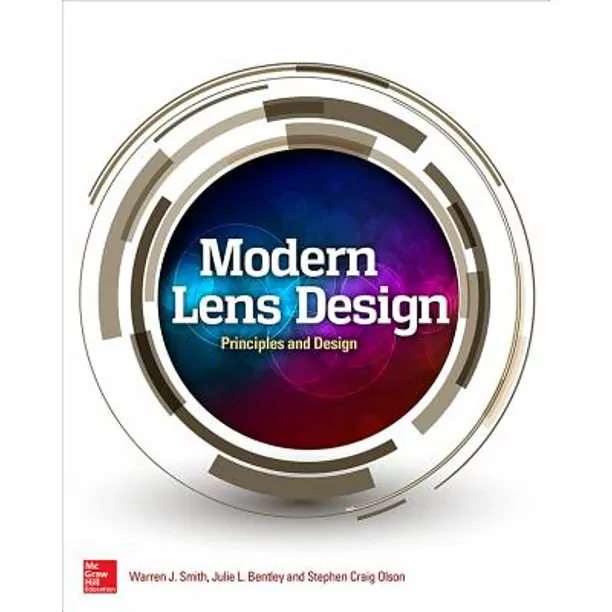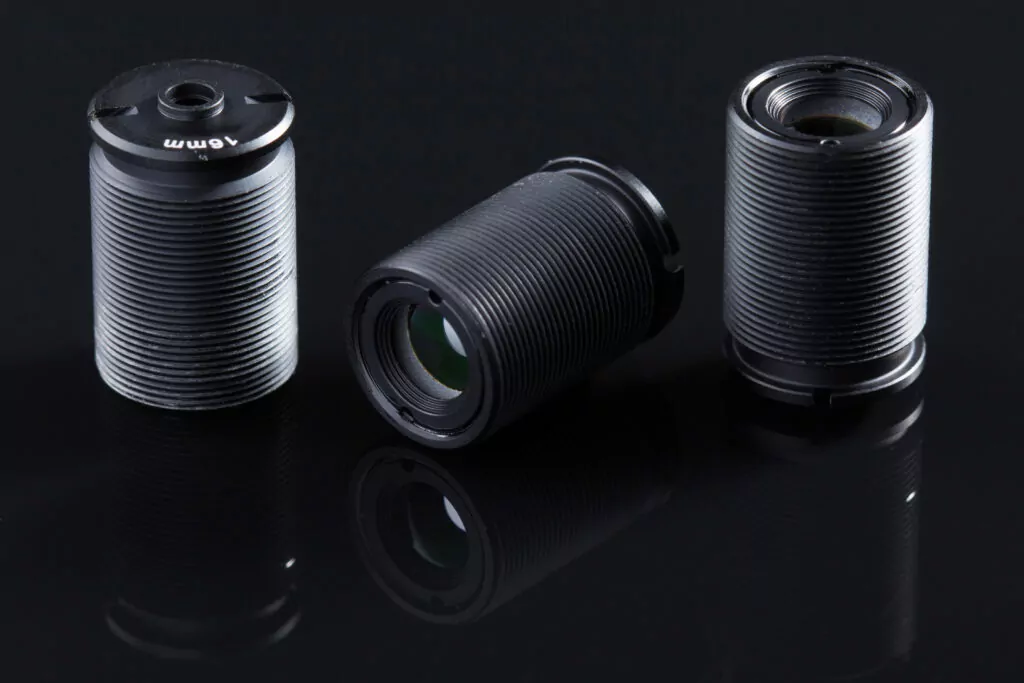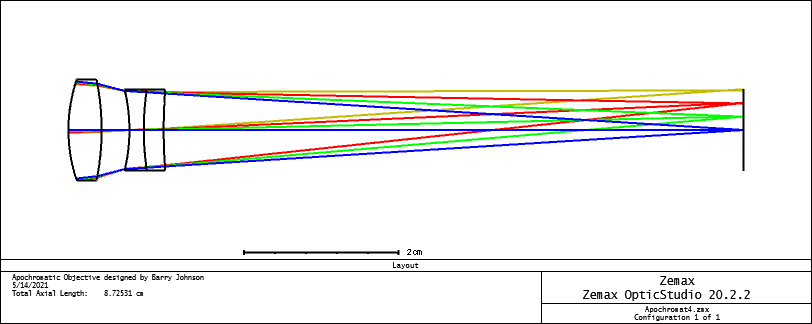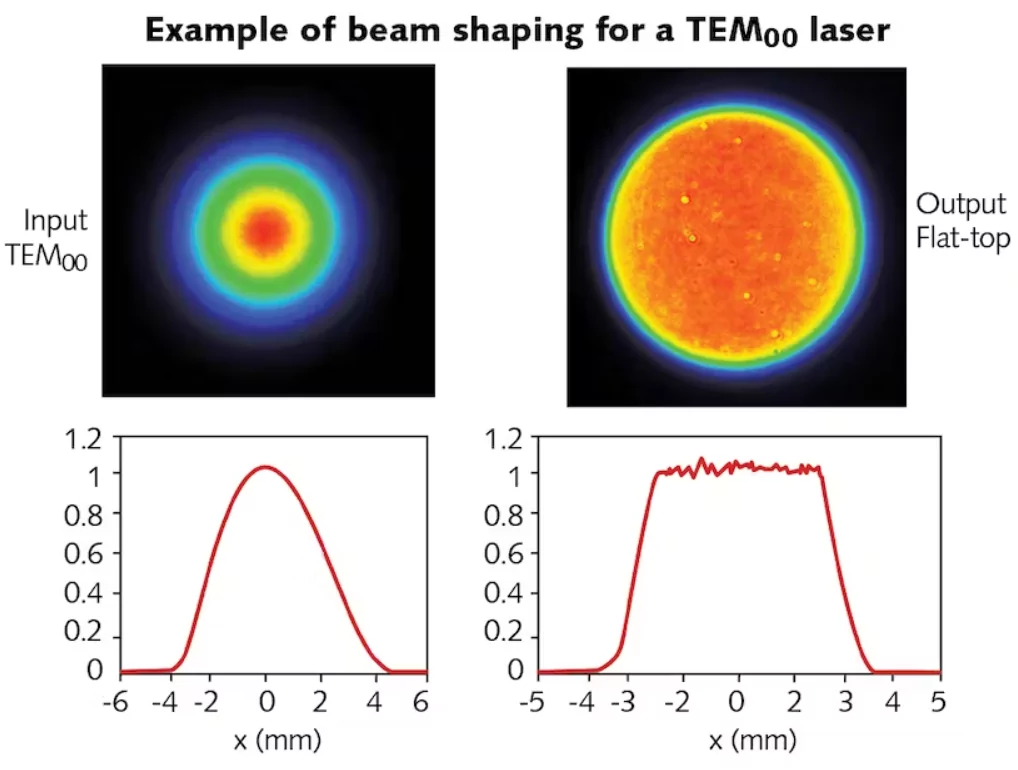Understanding objective lenses

Introduction In previous entries, we have talked about the design of scanning microscopes, infinity corrected microscopes, confocal microscope design, and Koehler illumination systems-a common illumination system in microscopes. The most essential microscope element in a borescope design is the objective lens. Microscope objective lenses are a crucial part of a microscope, responsible for magnifying the […]
Top 12 Resources for Mastering Lens Design: A Comprehensive Guide

Introduction Lens design is undeniably a complex and challenging field of study, characterized by its intricate blend of physics, mathematics, and engineering principles. Becoming a truly proficient lens designer isn’t merely a matter of acquiring theoretical knowledge; it necessitates years of hands-on practical experience and a keen understanding of how to apply theoretical concepts to […]
How much does a custom lens cost?

A straightforward question, with no direct answer. The price of lenses depends on the design complexity, material, manufacturing process, and production series size. A mass-produced lens, made from injection-molded plastic at volume 500,000 units, could cost $0.20 per element. At the same time, a glass lens with one element made in a batch of ten […]
Advanced Apochromatic Lens Design for Exceptional Imaging Quality

In an achromatic lens design, we optimize such that two wavelengths, usually red (590nm) and blue (495nm), focus on the same image plane. This is done to reduce chromatic aberration. In this article, we’ll talk about a similar design type called an Apochromatic lens design. What is an apochromatic lens? The goal of the apochromatic […]
Overview of Pi-Shapers, for beam shaping

The pi-Shaper, also known as the πShaper, is designed to transform Gaussian or similar intensity distributions of source laser beams into flat-top ones. This innovative technology has found applications in various industries due to its unique capabilities. Let’s delve into the pros and cons of pi-Shapers, explore their applications in industry, and touch upon their […]
Designing Stereo Lens Pairs

Stereo lens pairs are designed to capture two slightly offset images, mimicking the way our eyes perceive the world. When these images are combined and viewed with the appropriate technique, such as stereoscopy, they create a three-dimensional effect, adding depth and realism to photographs. The primary application of stereo lens pairs is, of course, 3D […]